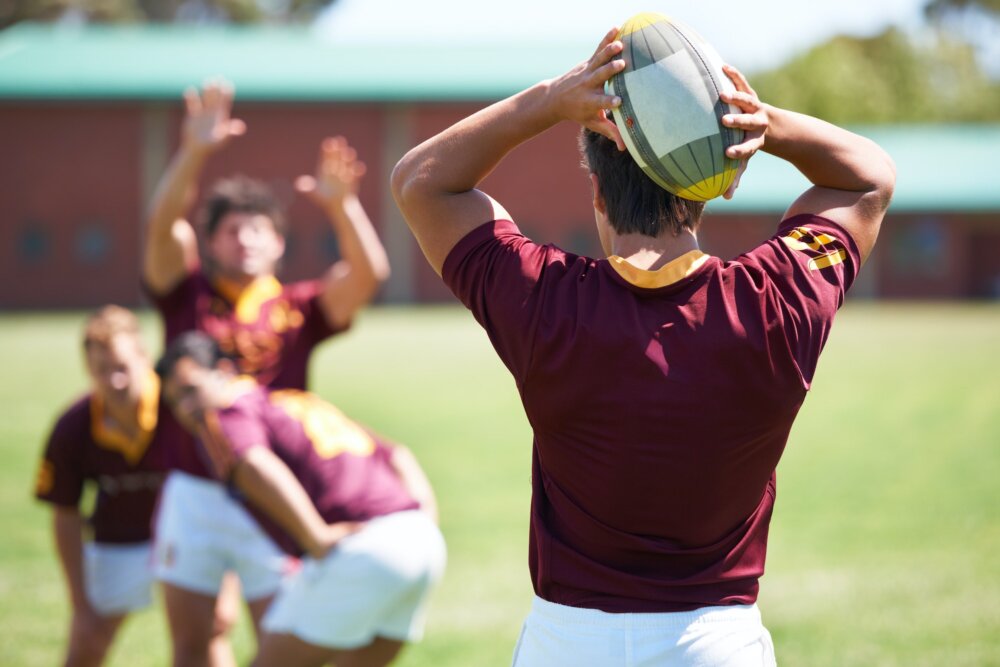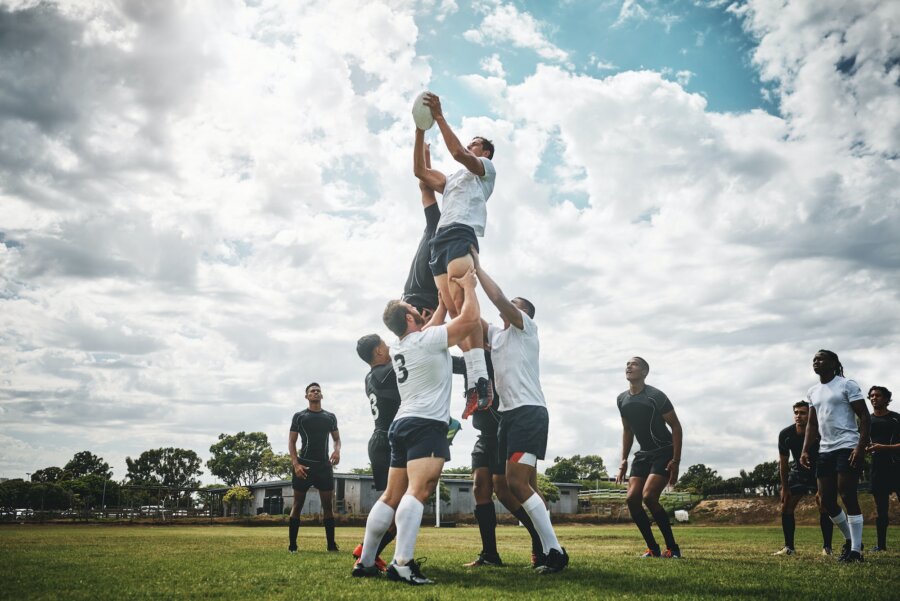
The Queensland Reds are a rugby union team hailing from Brisbane, in the Australian state of Queensland. The team currently competes in the Southern Hemisphere’s Super Rugby competition, something they have been a part of, in its various formats, since its inception in 1996. This article will detail the club’s storied history, their triumphs within Super Rugby, and provide information about the current players, management, kit, logo and more.
